Best Seasons for Concrete Repairs in Loveland
Concrete repairs are most effective when performed during specific weather conditions that allow for proper curing and adhesion. In Loveland, Colorado, the optimal seasons for concrete repairs are late spring, summer, and early fall. These periods typically offer moderate temperatures and lower humidity levels, which are ideal for concrete setting and curing processes.
Late spring provides warm temperatures and less precipitation, making it suitable for concrete repairs before the peak summer heat.
Summer offers consistent warmth, ensuring proper curing, but repairs should be scheduled during cooler parts of the day to avoid rapid drying.
Early fall provides mild weather with reduced risk of freezing temperatures, ideal for long-lasting repairs.
Cold temperatures and freezing conditions can hinder proper curing and compromise repair durability.
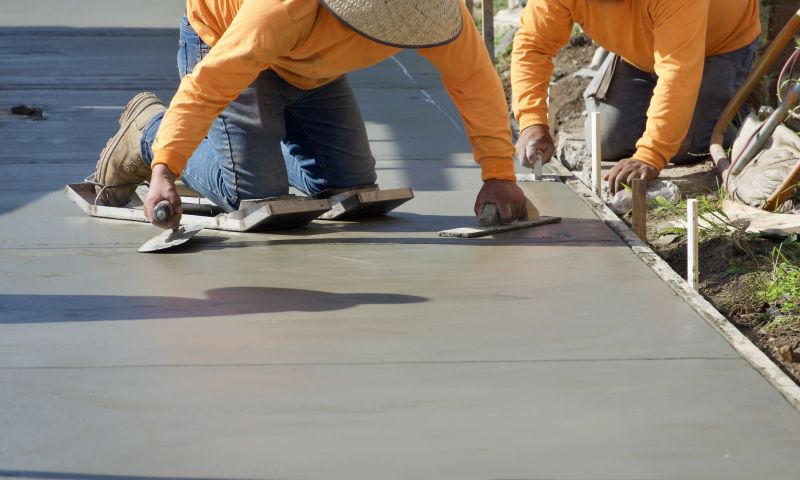
A contractor applying fresh concrete during spring weather conditions.
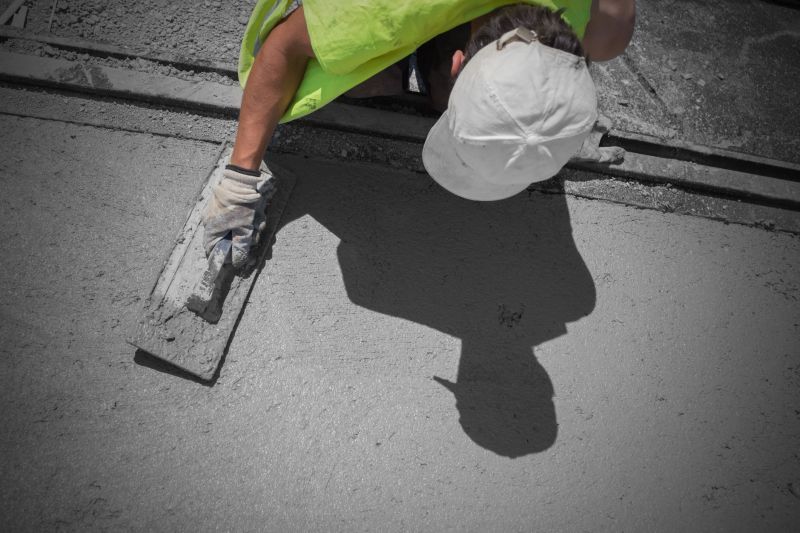
A worker smoothing concrete surface on a sunny summer day.
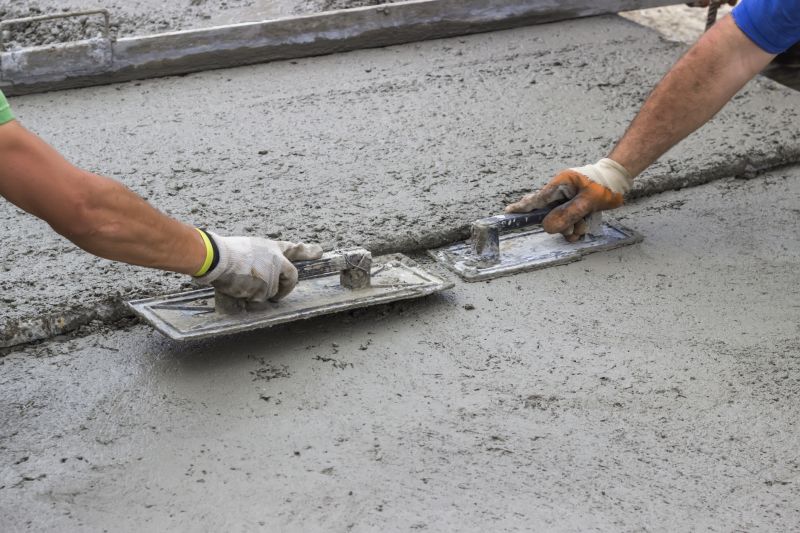
Concrete being poured and finished during mild fall weather.
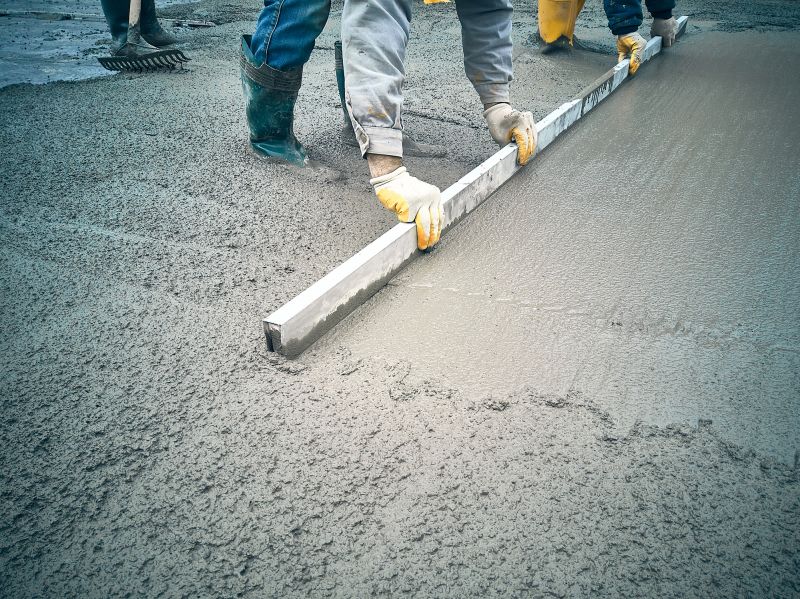
Covering freshly poured concrete to ensure optimal curing.
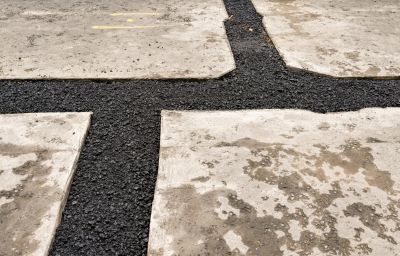
Filling cracks in concrete slabs during favorable weather.
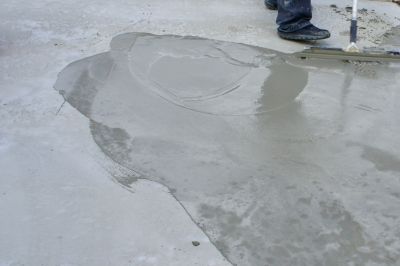
Final surface finishing on concrete during warm weather.
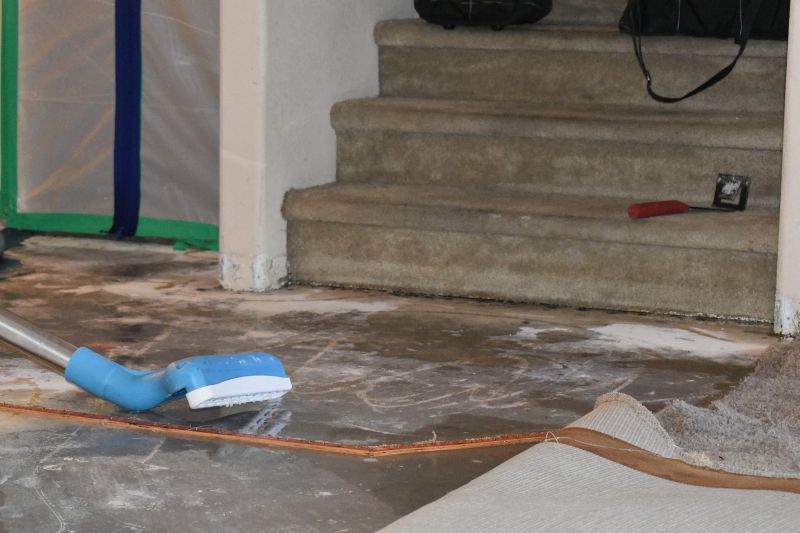
Cleaning and preparing the concrete surface for repair.
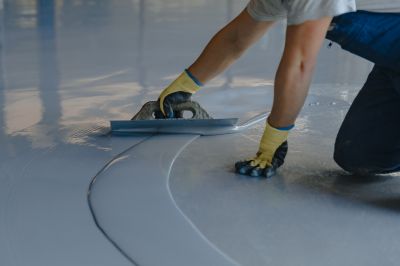
Applying curing blankets over new concrete.
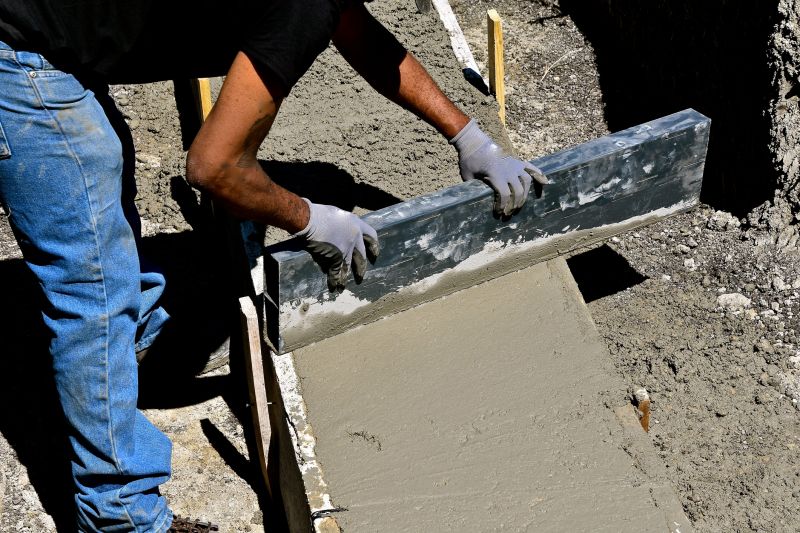
Scheduling repairs based on seasonal weather forecasts.
| Season | Recommended Conditions |
|---|---|
| Spring | Moderate temperatures, low precipitation, ideal for early repairs. |
| Summer | Warm days, ensure repairs are scheduled during cooler hours. |
| Early Fall | Mild weather, ideal for long-lasting repairs. |
| Winter | Cold and freezing temperatures, not suitable for repairs. |
Concrete repairs involve restoring damaged or deteriorated concrete surfaces to ensure structural integrity and aesthetic appeal. Proper timing is crucial for the longevity of repairs, as weather conditions significantly influence curing and adhesion. In Loveland, selecting the right season can prevent issues such as cracking, scaling, or failure of the repair work. Statistics indicate that repairs performed under optimal weather conditions have a success rate exceeding 85 percent, reducing the need for future repairs and associated costs.
The process of concrete repair includes cleaning the damaged area, removing loose or deteriorated material, applying bonding agents if necessary, and pouring or patching with suitable concrete mixes. Proper curing, which maintains moisture and temperature levels, is essential for achieving maximum strength and durability. Advances in repair materials and techniques continue to improve outcomes, making timely repairs a cost-effective and long-term solution for maintaining concrete structures.
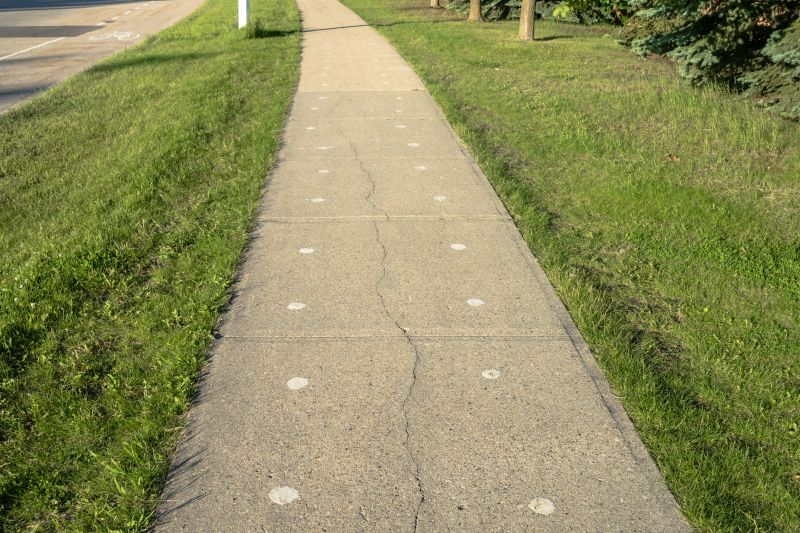
A repair crew working on a concrete sidewalk during favorable weather.
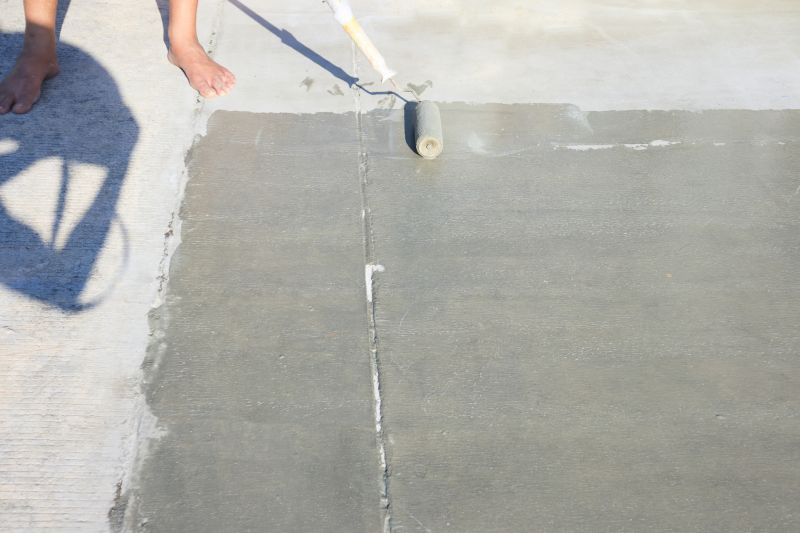
Filling cracks in a concrete driveway with specialized repair compounds.
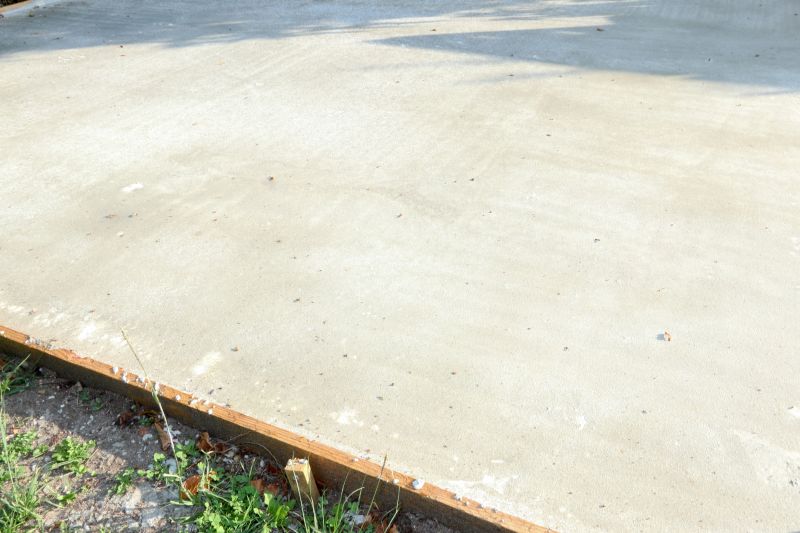
A restored concrete surface ready for use.
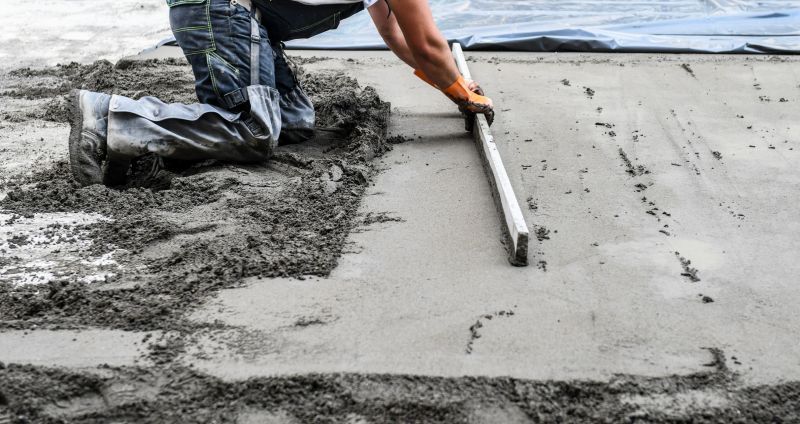
Cleaning and preparing a concrete surface prior to repair.
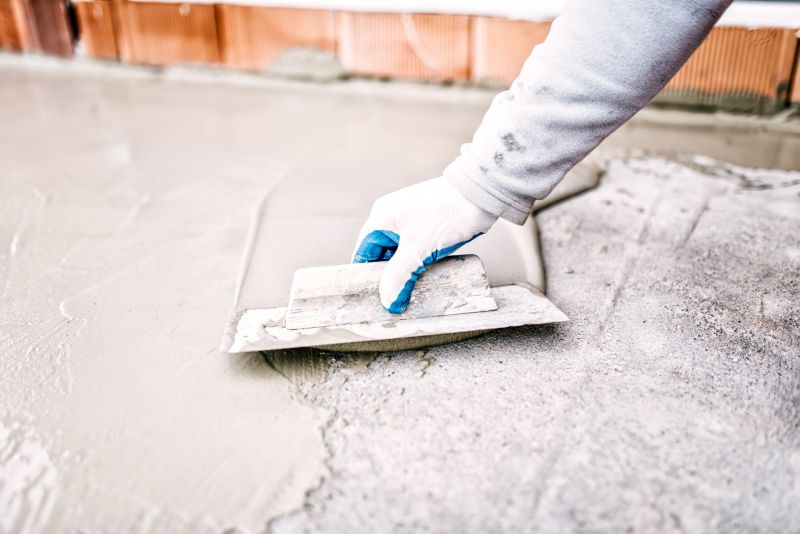
Ways to make Concrete Repairs work in tight or awkward layouts.
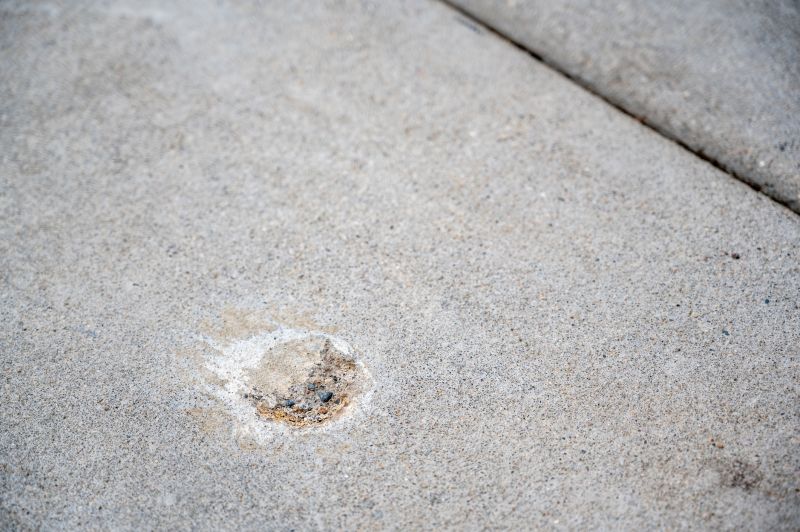
Popular materials for Concrete Repairs and why they hold up over time.

Simple add-ons that improve Concrete Repairs without blowing the budget.
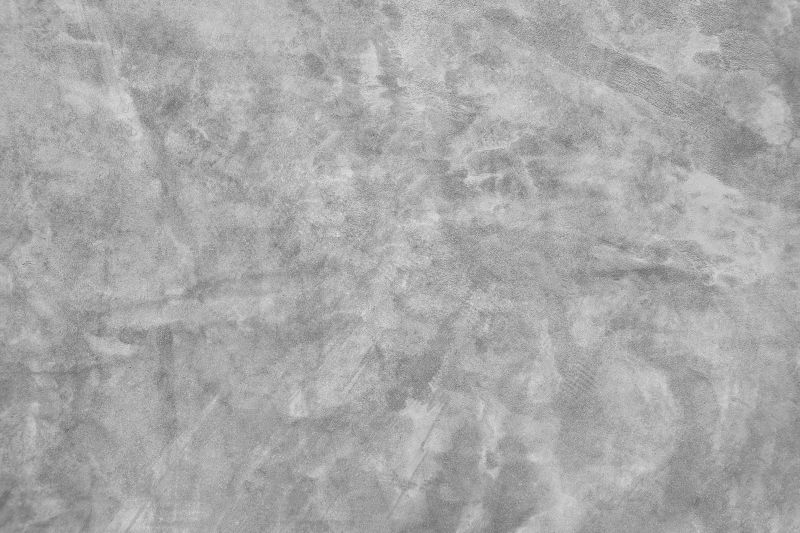
High-end options that actually feel worth it for Concrete Repairs.
Interested in scheduling concrete repairs? Filling out the contact form can provide more information and help plan repairs during the most suitable season for durability and performance.

